When the LSC opened its doors back in 2008, recalls Professor of Physiology Alvin Shrier, Theme Lead for Cell Information Systems, it suddenly became very easy to attract the best molecular and cell biologists from all over the world.

Access to the cutting-edge equipment housed within the Complex and a highly collaborative environment comprising open-concept labs and shared workspaces have been key to the LSC’s continued success in bringing in promising young researchers. This was accomplished by close collaboration with the Chair of the Department of Pharmacology and Therapeutics, Professor Gerhard Multhaup and former Chair of the Department of Physiology, Professor John Orlowski, both members of the Cell Information Systems Theme. The recent hires include Assistant Professor of Pharmacology and Therapeutics Lisa Münter, Assistant Professors of Physiology Reza Sharif-Naeini and Arjun Krishnaswamy, as well as Associate Professor of Physiology Gil Bub. “These recruitments would not have been possible without this Complex,” says Professor Shrier. “It brought people together.” “Science is a collaborative discipline,” adds Professor Orlowski. “Regardless of where your lab is, you’re collaborating with people all over the world. But nothing facilitates collaborative interactions more than being in close proximity with the people you work with.”

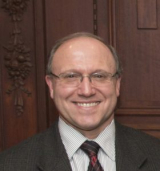
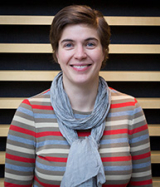
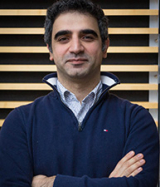
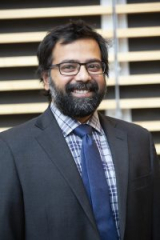

Both Professors Shrier and Orlowski were with the LSC from the beginning and acknowledge the huge impact the facilities have had on their own research. Professor Shrier’s work on sudden cardiac death has been transformed by a partnership with Professor of Physiology and cystic fibrosis researcher Gergely Lukacs. “We were able to translate approaches he’s used for cystic fibrosis research and offer an expertise that I wouldn’t have had otherwise,” he says. Professor Lukacs is also a member of the Cystic FibrosisTranslational Research Centre (CFTRc) headed by Professor John Hanrahan, another member of the Cell Information Systems Theme. The LSC played an important role in the creation of the CFTRc. “In addition, Professor Orlowski’s neuronal studies with Professor of Pharmacology and Therapeutics Anne McKinney happened only because we’re next door neighbors.” Professor Orlowski agrees: “Moving to this building has really opened a whole new area for my lab and also broadened the scope of the other collaborators I’ve been working with.”
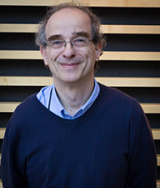


The Cell Information Systems group has, in its 10 years at the LSC, made a number of important advances in cell biology research. Professor Orlowski’s lab has identified a new form of nonsyndromic intellectual disability characterized by moderate to severe cognitive dysfunction.


The LSC is also pioneering the development of its own customized lab instrumentation. For example, in his neuroscience lab, Professor Krishnaswamy programs his own virtual environments and microscope systems and uses a 3-D printer to produce them. “And they’re sharing it with everybody. In fact, Professor Krishnaswamy wants to run a boot camp on the weekend to show people how to use these tools,” says Professor Shrier.
It’s a give and take process, notes Pierre Rochon, a PhD candidate working in Professor Krishnaswamy’s lab who uses these tools to study the visual system of mice to understand the circuit patterns that lay the foundation for the developing brain. When he joined Professor Krishnaswamy’s lab about a year ago, the infrastructure was still being set up. “Meanwhile, Professor Reza Sharif-Naeini had a surgery room that was established and we got involved with him while we got our surgery room up and going,” says Mr. Rochon. “We were able to ask around when we were developing our protocols and installing all the infrastructure, so we could be at the place we are. So in this building the fact that everybody is in such close proximity really helped in that regard.”
To read more about the Cell Information Systems theme and some of its research breakthroughs of the past 10 years, click here.
